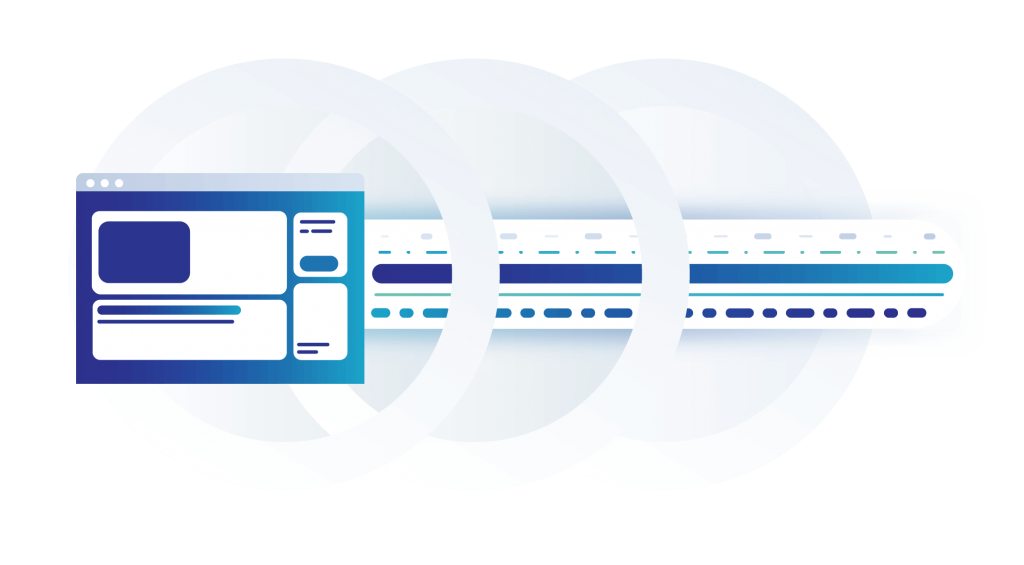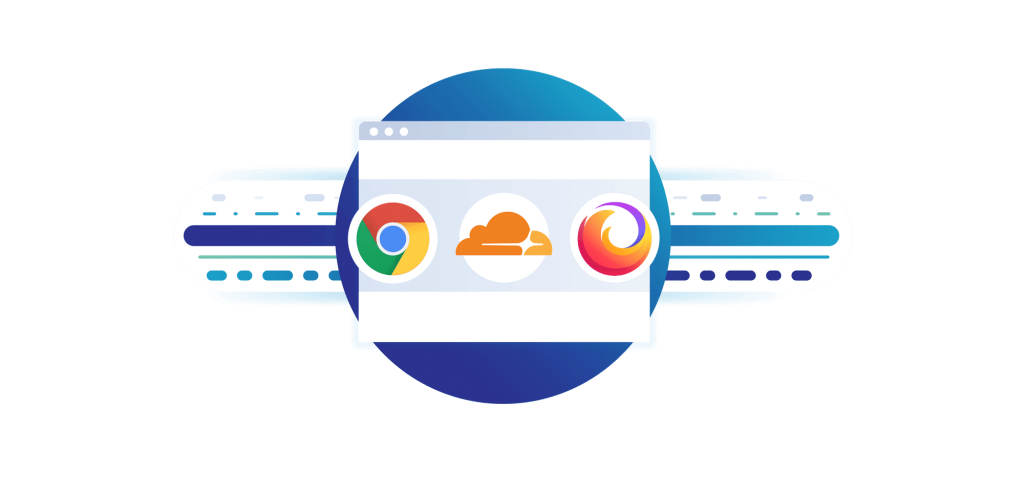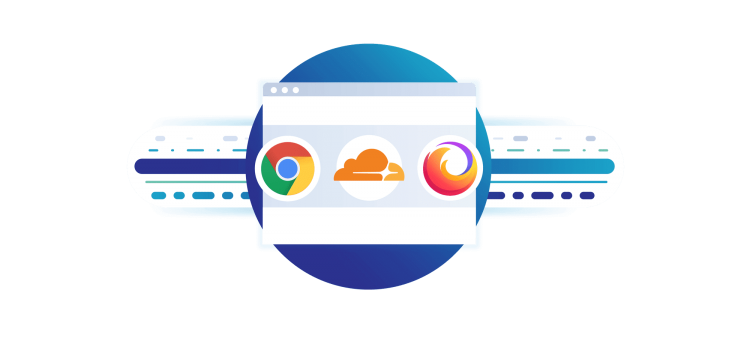HTTP / 3 What It Is And How It Will Make The Web Much Faster
Cloudflare already supports the HTTP / 3 protocol, which is already in Chrome Canary and will soon be added to Firefox Nightly. The new template will make our internet browsing much faster and safer.
Let’s take the things from the beginning:
 Browsers, web servers, and other Internet infrastructure services are beginning to support a new standard called HTTP / 3. This protocol uses QUIC. It is a more up-to-date version of HTTP, which browsers use to communicate with servers and send or receive data.
Browsers, web servers, and other Internet infrastructure services are beginning to support a new standard called HTTP / 3. This protocol uses QUIC. It is a more up-to-date version of HTTP, which browsers use to communicate with servers and send or receive data.
HTTP / 3 has been rewritten from scratch for faster data transmission and better error handling. It also has built-in encryption.
This means more speed and safety. Of course, the average user of the process does not need to know anything about HTTP / 3 and QUIC. But webmasters and developers will be busy the next day, until one day, the browsers and websites you use will start communicating over HTTP / 3.
The original version of HTTP uses the Transmission Control Protocol (or simply TCP). It was first mentioned in 1974, but was never designed for it’s a fast data transfer protocol. Google has tried to fix many of the problems that TCP presented with a new protocol SPDY, which it used in HTTP / 2.
HTTP / 2 started rolling out in late 2015, with features such as data compression and adding multiple requests to a single TCP connection to speed things up a bit.
As of September 2019, W3Techs reports that HTTP / 2 is currently used by 41% of websites.
HTTP / 3 now, in addition to being rewritten from the beginning, instead of using TCP, uses Google’s QUIC protocol.
HTTP / 3 was originally known as HTTP-over-QUIC and also includes TLS 1.3 encryption.
 QUIC (Quick UDP Internet Connections) was designed to be faster with lower latency than TCP. Unlike TCP, an error such as the loss of a small piece of data will not cause the connection to break but the connection will continue and try to fix the problem. QUIC will continue to transfer other data while trying to resolve the problem.
QUIC (Quick UDP Internet Connections) was designed to be faster with lower latency than TCP. Unlike TCP, an error such as the loss of a small piece of data will not cause the connection to break but the connection will continue and try to fix the problem. QUIC will continue to transfer other data while trying to resolve the problem.
QUIC has been added to Google Chrome since 2013, and the browser uses it when communicating with other Google services or some other sites such as Facebook. However, QUIC does not yet exist as a template built into other browsers. With HTTP / 3 technology we will soon see it in other browsers.
More Technical Details

